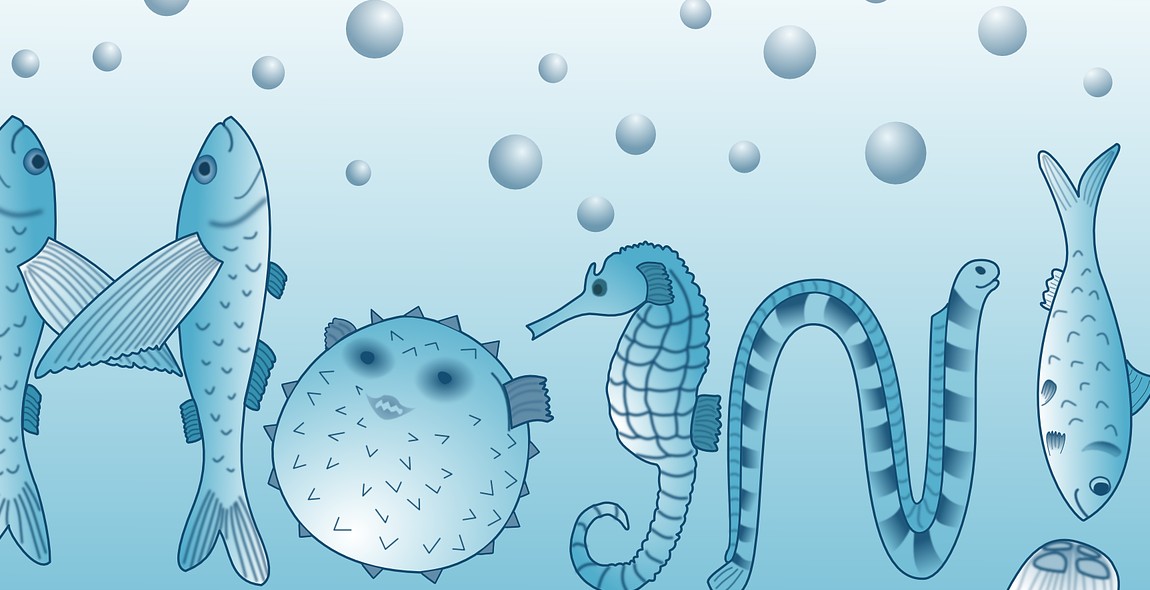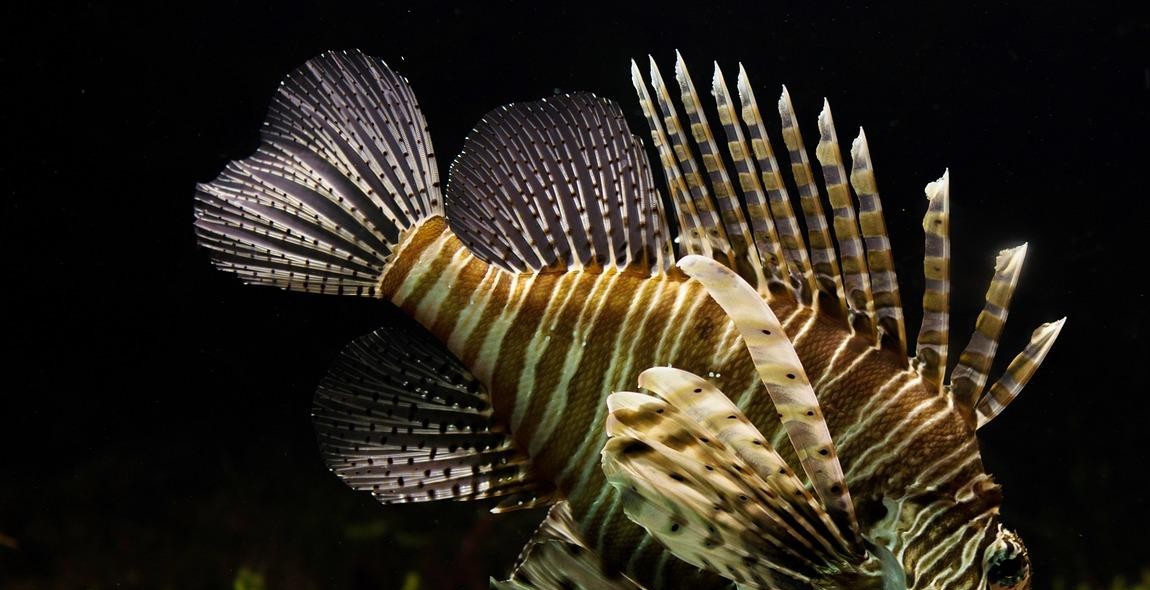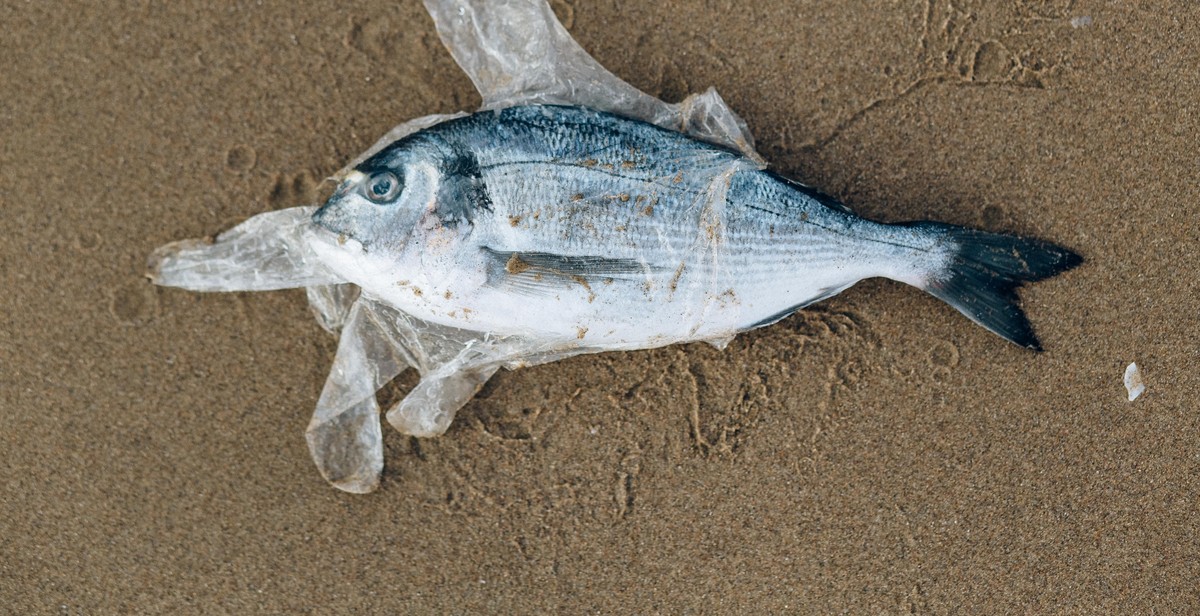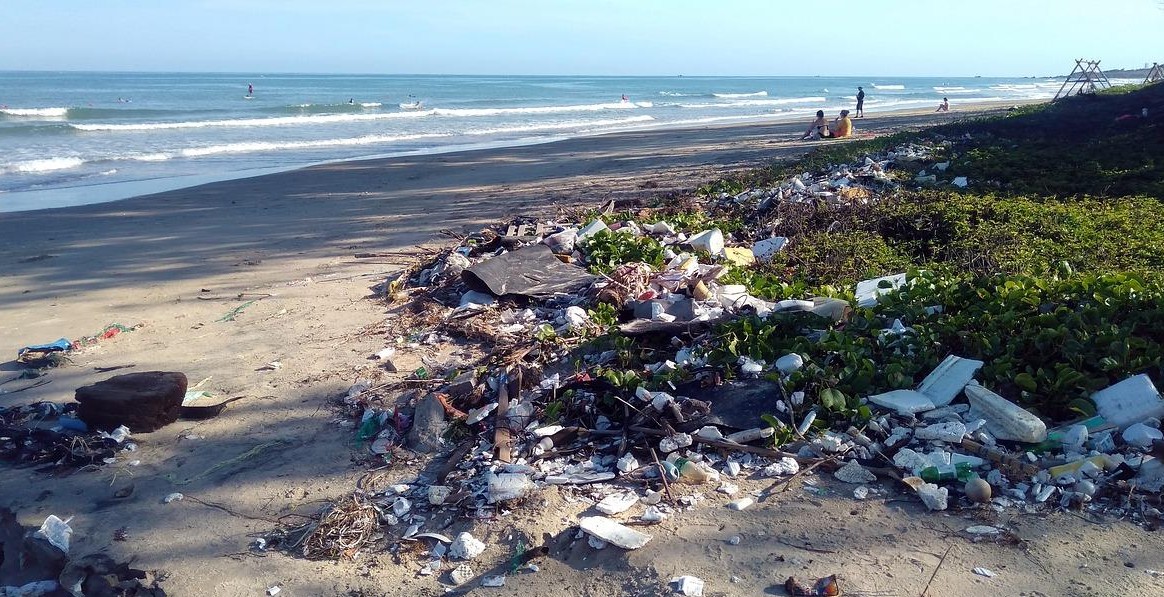Introduction to Marine Biology
Marine biology is the study of life in the ocean and other saltwater environments. It is a multidisciplinary field that encompasses various scientific disciplines, including biology, ecology, oceanography, and geology. Marine biologists study the behavior, physiology, and distribution of marine organisms, from the tiniest plankton to the largest whales.
What is Marine Biology?
Marine biology is the scientific study of marine life, including plants, animals, and other organisms that live in the ocean. It involves the investigation of the biological and physical properties of the ocean, as well as the relationships between organisms and their environment. Marine biologists study the diversity of marine life, their interactions, and their role in the ecosystem. They also investigate the impact of human activities on marine life and the environment.
Why is Marine Biology Important?
Marine biology is critical for understanding the health of our oceans and the organisms that live in them. The ocean covers over 70% of the Earth’s surface and is home to a vast array of life. Marine organisms provide many benefits to humans, including food, medicine, and recreation. Marine ecosystems also play a crucial role in regulating the Earth’s climate and maintaining the balance of the planet’s ecosystems. The study of marine biology is essential for the conservation and management of marine resources, as well as for understanding the impact of climate change on the ocean and its inhabitants.

The Diversity of Marine Life
Marine life represents a diverse range of organisms that inhabit the world’s oceans and seas. The oceans cover over 70% of the earth’s surface, and they are home to an estimated 230,000 known species of marine life, with many more yet to be discovered. To study marine life, it is essential to understand the classification of marine organisms and the major groups of marine life.
Classification of Marine Life
Marine life can be classified based on several factors, including their morphology, physiology, and genetics. The most common classification system used by marine biologists is the taxonomic system, which groups organisms based on their evolutionary relationships and physical characteristics. The taxonomic system includes several levels of classification, including:
- Kingdom
- Phylum
- Class
- Order
- Family
- Genus
- Species
Marine life is classified into three main domains, which are:
- Bacteria
- Archaea
- Eukarya
The Eukarya domain is further classified into six kingdoms, which include:
- Animalia
- Plantae
- Fungi
- Protista
- Chromista
- Bacteria
Major Groups of Marine Organisms
Marine organisms can be broadly classified into two categories: plankton and nekton. Plankton are organisms that cannot swim against ocean currents and are carried along by the water. Nekton, on the other hand, are free-swimming organisms that can move independently of ocean currents.
The major groups of marine organisms include:
| Group | Description |
|---|---|
| Bacteria | Microscopic organisms that play a vital role in the marine ecosystem by breaking down organic matter and producing oxygen through photosynthesis. |
| Phytoplankton | Microscopic algae that form the base of the marine food chain and produce around 50% of the earth’s oxygen. |
| Zooplankton | Small, free-floating animals that feed on phytoplankton and serve as a food source for larger marine organisms. |
| Marine Invertebrates | Animals without backbones that include sponges, corals, jellyfish, mollusks, and crustaceans. |
| Fish | Vertebrates that live in water and breathe through gills. Fish include sharks, rays, bony fish, and cartilaginous fish. |
| Marine Mammals | Mammals that live in water, including whales, dolphins, porpoises, seals, and sea lions. |
| Sea Birds | Birds that live and feed in the marine environment, including gulls, pelicans, and albatrosses. |
Understanding the diversity of marine life is essential for marine biologists and ocean conservationists. By studying marine life, we can gain insights into the complex interactions between organisms, the impact of human activities on the marine ecosystem, and the potential for sustainable use of marine resources.

The Ocean as an Ecosystem
The ocean is a vast and complex ecosystem that is home to a diverse range of marine life. It is a place where physical and chemical characteristics play a crucial role in supporting life, and food webs and trophic levels are essential for the survival of all species.
Physical and Chemical Characteristics of the Ocean
The ocean is a dynamic and ever-changing environment that is influenced by a range of physical and chemical factors. These factors include temperature, salinity, pressure, and the availability of nutrients and sunlight.
Temperature is a critical factor in determining the distribution and behavior of marine life. The ocean’s temperature varies depending on location and depth, with the surface waters being warmer than the deeper waters. Salinity, on the other hand, is a measure of the amount of dissolved salts in the water. It also varies depending on location, with the open ocean being more saline than coastal areas.
Pressure is another physical characteristic that plays a crucial role in determining the distribution of marine life. As depth increases, pressure also increases, and this can limit the types of organisms that can survive in deeper waters.
Chemical characteristics such as the availability of nutrients and sunlight are also essential for supporting marine life. Nutrients such as nitrogen and phosphorus are essential for the growth of phytoplankton, which forms the base of the marine food web. Sunlight, on the other hand, is necessary for photosynthesis to occur, which is essential for the growth of phytoplankton and other photosynthetic organisms.
Food Webs and Trophic Levels
Food webs and trophic levels are essential for the survival of all species in the ocean ecosystem. A food web is a complex network of feeding relationships between different organisms in an ecosystem. It shows how energy is transferred from one organism to another and how different species are interconnected.
Trophic levels are a way of categorizing organisms based on their feeding behavior. The first trophic level consists of primary producers such as phytoplankton, which produce their food through photosynthesis. The second trophic level consists of herbivores that feed on primary producers, and the third trophic level consists of carnivores that feed on herbivores. The higher the trophic level, the fewer the number of organisms, as energy is lost at each level.
The ocean’s food web is complex, and many species occupy multiple trophic levels, making it difficult to categorize them. However, understanding the food web and trophic levels is essential for understanding the dynamics of the ocean ecosystem and the impact of human activities on marine life.
| Trophic Level | Organisms |
|---|---|
| 1 | Phytoplankton |
| 2 | Zooplankton, krill, small fish |
| 3 | Large fish, squid, marine mammals |
| 4 | Sharks, killer whales |
Overall, the ocean is a complex and dynamic ecosystem that is essential for supporting life on Earth. Understanding the physical and chemical characteristics of the ocean and the food webs and trophic levels that support marine life is crucial for studying marine biology and ocean conservation.

Human Impact on the Ocean
The ocean is a vital part of our planet, providing us with food, oxygen, and regulating our climate. However, human activities have had a significant impact on the ocean, causing serious problems that threaten the health of marine ecosystems and the creatures that live in them. The main human activities that affect the ocean include pollution and climate change, overfishing, and habitat destruction.
Pollution and Climate Change
Pollution from human activities, such as industrial discharge, plastic waste, and oil spills, has become a major problem for the ocean. These pollutants can harm marine organisms, such as fish, sea turtles, and birds, and disrupt the balance of marine ecosystems. Climate change, caused by the buildup of greenhouse gases in the atmosphere, is also affecting the ocean. Rising temperatures and acidification are causing coral reefs to bleach and die, and disrupting the life cycles of many marine species. The ocean is also absorbing more carbon dioxide, which is causing it to become more acidic, making it harder for some marine creatures to form shells and skeletons.
Overfishing
Overfishing is another major problem that is affecting the ocean. Many species of fish have been overfished to the point of collapse, which can have serious consequences for the entire marine ecosystem. Removing too many top predators, such as sharks or tuna, can cause imbalances in the food chain and lead to the proliferation of other species. Overfishing can also lead to the loss of important habitats, such as coral reefs and seagrass beds, which are essential for the survival of many marine species.
Habitat Destruction
Habitat destruction is another problem that is affecting the ocean. Human activities, such as bottom trawling, dredging, and coastal development, are destroying important habitats, such as seagrass beds, mangroves, and coral reefs. These habitats provide shelter, food, and breeding grounds for many marine species, and their destruction can have serious consequences for the health of marine ecosystems.
| Human Activities | Impact on the Ocean |
|---|---|
| Pollution and Climate Change | Disrupt the balance of marine ecosystems, cause coral reefs to bleach and die, and make it harder for some marine creatures to form shells and skeletons. |
| Overfishing | Remove too many top predators, cause imbalances in the food chain, and lead to the loss of important habitats. |
| Habitat Destruction | Destroy important habitats, such as seagrass beds, mangroves, and coral reefs, and have serious consequences for the health of marine ecosystems. |

Conservation and Management
Marine biology and ocean conservation go hand in hand. As a marine biologist, it’s essential to understand the importance of conserving and managing marine resources. Here are some key areas that you should focus on:
Marine Protected Areas (MPAs)
MPAs are designated areas in the ocean where human activities are restricted to protect the marine environment and its inhabitants. These areas can be established by governments, non-governmental organizations, or communities. MPAs provide a safe haven for marine species, allowing them to reproduce and thrive. They also help to maintain healthy ecosystems, which in turn supports sustainable fisheries and tourism.
Sustainable Fishing Practices
Fishing is a significant source of food and income for many communities around the world. However, overfishing can deplete fish stocks and harm the marine ecosystem. Sustainable fishing practices aim to balance the needs of fishermen with the need to maintain healthy fish populations. This can include measures such as fishing quotas, gear restrictions, and seasonal fishing closures.
Community-Based Conservation
Community-based conservation involves working with local communities to protect and manage marine resources. This approach recognizes the importance of traditional knowledge and practices in maintaining healthy ecosystems. By involving communities in conservation efforts, it creates a sense of ownership and responsibility for the marine environment. This can lead to more effective and sustainable management practices.
| Practice | Description |
|---|---|
| Fishing Quotas | Limiting the amount of fish that can be caught to ensure sustainable fish populations |
| Gear Restrictions | Regulating the type of fishing gear that can be used to reduce bycatch and habitat damage |
| Seasonal Fishing Closures | Closing fishing areas during breeding seasons to protect vulnerable species |
By focusing on these key areas, marine biologists can contribute to the conservation and management of our oceans, ensuring that they remain healthy and productive for generations to come.
